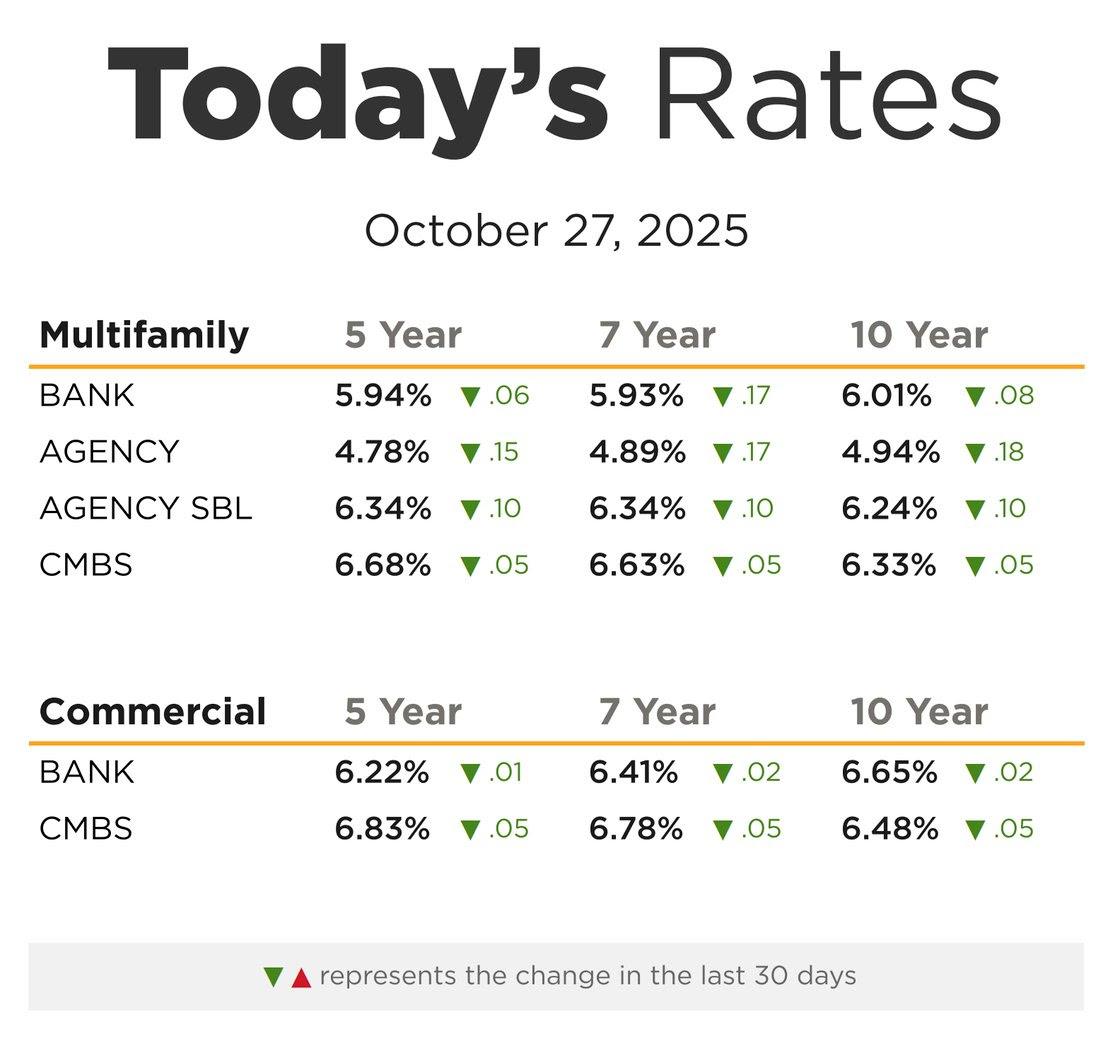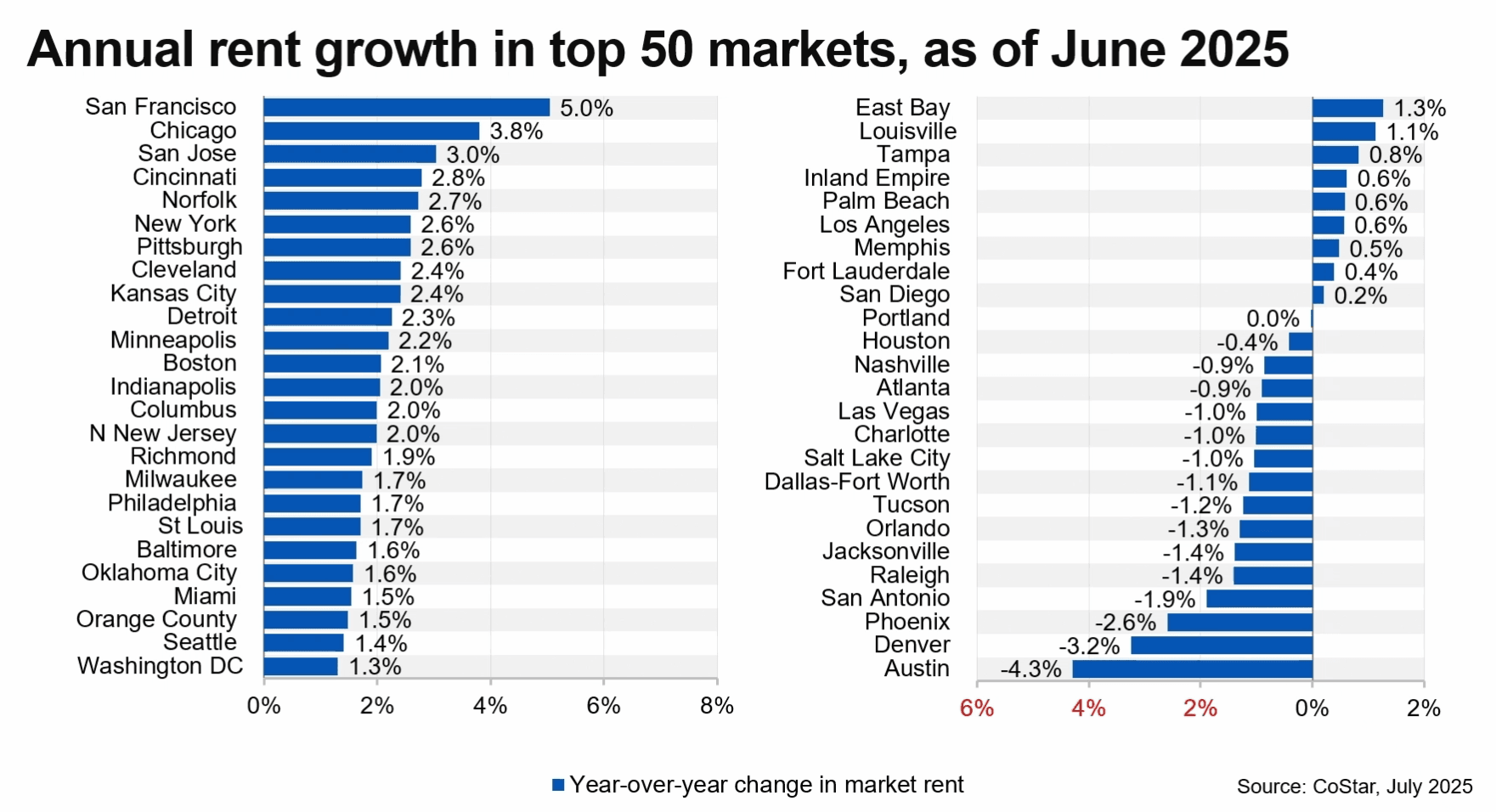Also, floating-rate deals grow while demand for fixed-rate loans drops.
The go-to financing choices of CRE investors and developers are shifting as rising interest rates chase inflation amid clouds of uncertainty.
“I think it’s just indicative of some of the volatility that’s currently in the market,” David Loo, managing partner of middle-market capital provider Hudson Realty Capital, tells GlobeSt.com. “What’s interesting is I think inflation and the Fed tightening and the spike in rates has caused some confusion in the market and it’s had an impact on how lenders and borrowers are looking at it.”
For example, HUD loans have seen a sharp increase. “We are a qualified HUD lender for healthcare and multifamily assets,” says Loo, pointing to the jump from 2.25% up to 3.7% as of April 11, 2022. “It’s great financing for specific asset classes like multifamily and healthcare. You can get long-term financing self-amortizing over a 30- or 35-year period. But the process can take 3 to 6 months before HUD will even look at your application. For healthcare, it’s a little bit less for HUD to look at your application, but post-pandemic, a lot of the healthcare industry hasn’t fully recovered occupancy, which has made things a little more difficult.”
The gamble becomes speculating what fixed-rate loans will be in the near future and what other options might offer an acceptable return with less risk.
“We heard some alternative lenders that also invest in CMBS tell us in the current market they can make more money buying the CMBS bonds than they can originate, so they prefer to wait,” Loo says. This dynamic is somewhat similar to when, in the wake of the financial crisis, banks could park excess reserves with the Fed and get lower interest than lending but with a guarantee of payment.
“The second thing we’re hearing is people just aren’t sure which way the market is, so they’re waiting to see if there are better deals in six months rather than being more competitive for it,” he adds. “They’re investing in investment-grade securities. Because they’re investment grade, they can lever those I think pretty quickly.” That allows them to use them as collateral to finance their current positions, which alone is a disturbing thought because it’s saying such companies may not have the ongoing income to remain afloat.
What makes the landscape more unpredictable is varying strategies of borrowers and lenders. “Very sophisticated players come to different conclusions when it comes to the same problem,” says Loo. “Some are active, some are wading through it, and some aren’t sure what to do. I think it will take some time.”
And so, in the meantime, a short-term focus can be useful.
Source: CRE Borrowers Move Toward Alternative Lending Amid Inflation, Rising Rates
Receive Market Insights
Periodic analysis on rents, pricing, cap rates, and transaction activity across Chicago and key suburban markets.



